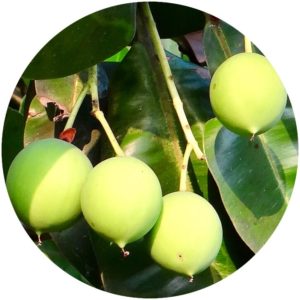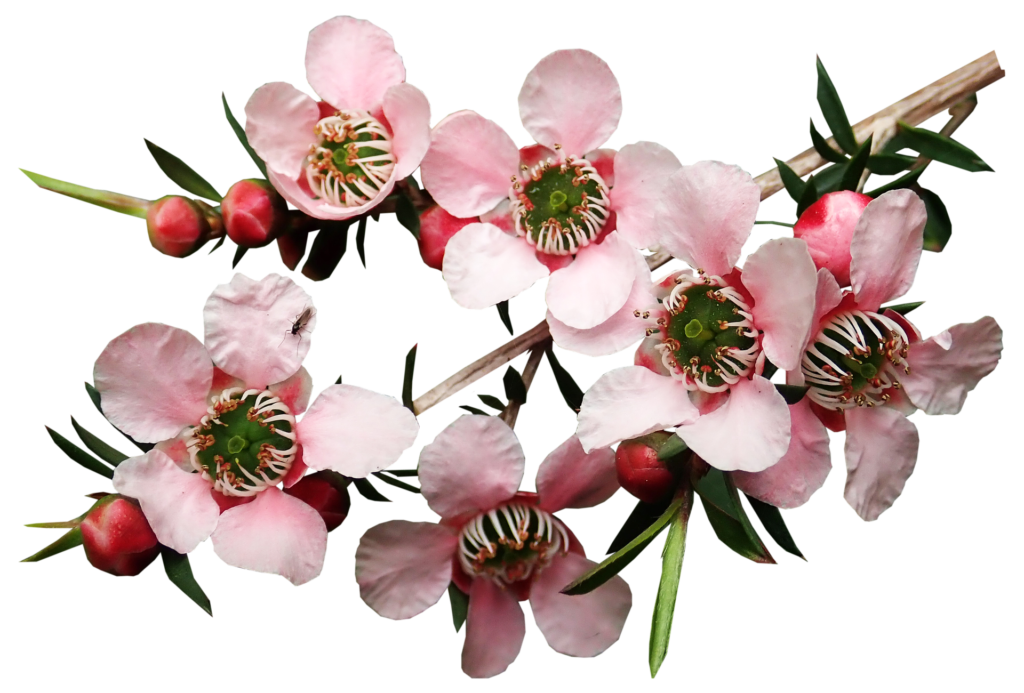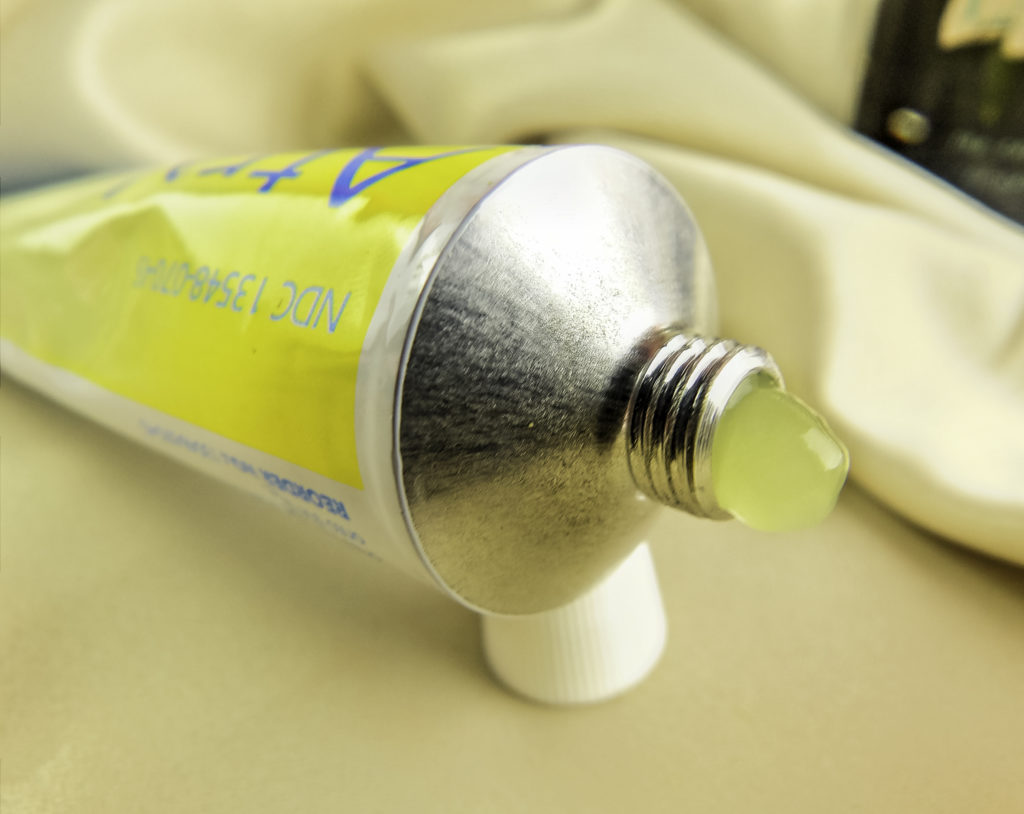Skin & Hair Glossary of Ingredients. Beauty terms seen on Style Chicks. Defining what ingredients are & how to best use them. Frequently updated.
A | B | C | D | E | F | G | H | I | J | K | L | M
N | O | P | Q | R | S | T | U | V |W| X | Y | Z
T
-
Tamanu Oil
- Tamanu Oil comes from a nut of the Tamanu Tree, also known as “Beauty Leaf”. It is a versatile oil used for hair and skin. Tamanu Oil has a rare fatty acid profile that makes skin softer and pliable while healing. [1]
Tamanu Oil is used for cold sores, psoriasis, eczema, acne scars, general scars, burns, stretch marks, dry scalp, and flaky, scaly or overly dry skin. Tamanu oil is also a topical healing agent with antineuralgic, anti-inflammatory, antimicrobial, antibiotic, and antioxidant properties. Tamanu Oil hydrates dry hair, acting as a humectant. Tamanu Oil research studies are limited and still emerging. Studies that do exist support Tamanu Oil’s exceptional skin healing abilities.
-
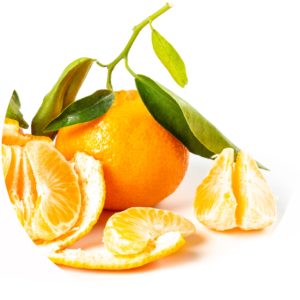
Tangerine
Tangerine Oil
- Tangerine Oil has antifungal and antiseptic properties, which makes it ideal for skincare, especially as a gentle treatment for acne. It also helps to heal the skin.
- Taraxacum Officinale Leaf Extract
- Dandelion Leaf extract. Dandelion stimulates collagen production. These leaves are rich in antioxidants and packed with vitamins A, C, and E. This extract protects skin against free radical damage and reduces the appearance of fine lines and wrinkles. Dandelion Leaf Extract also contains Magnesium and zinc to detoxify skin. Its anti-inflammatory properties calm irritation and puffiness.
- Tea Tree Oil
- Tea Tree Oil is an amazing antibacterial, antifungal, moisturizing toner, cleanser, and astringent. It effectively treats acne and prevents future breakouts. It is not drying like other acne-treating ingredients, so it is effective on sensitive skin and adult acne. It even treats cystic acne. Also useful on dandruff when used as a toner or a few drops of Tea Tree Oil in shampoo. How to use Tea Tree Oil for Skin and Hair.
- Tetrahexyldecyl Ascorbate
- Tetrahexyldecyl ascorbate is fat-soluble Vitamin C. Its’ fatty acid component penetrates the skin easily. It pairs well with other vitamin C forms for enhanced effectiveness. Tetrahexyldecyl Ascorbate absorbs deeply and can produce more collagen than other C variants. This skin-plumping antioxidant fights free radicals to prevent wrinkles.?
- Texture, Hair
- Hair texture is classified by hair diameter and strength. Generally, the hair is considered as fine, medium and coarse. Each hair texture has different moisture and protein level needs. Hair texture defines how hair should be cared for, and what oils and ingredients to use to keep hair in the best condition.
- Texture, Hair – Fine
- Fine hair is the narrowest diameter. It is not thin hair, but it is delicate and prone to breakage. Often baby soft and silky, most conditioning products are too heavy for fine hair and make the hair appear flat. Hair coloring can make fine hair brittle. Light oils such as apricot benefit fine hair.
- Texture, Hair – Medium
- Medium texture hair is the most common. It is more resilient than fine hair but does not appear as silky. It can be straight or wavy. Medium hair requires a balance of nourishment and hydration.
- Texture, Hair – Coarse
- Coarse texture hair is strong and thick. It can tolerate a fair amount of heat and processing. It has a wide diameter which gives it more surface to lose moisture. Because of this, coarse hair is not naturally dry but often becomes dry. It requires consistent hydration with moisturizing shampoos and humectant conditioners and styling products.
- Texture Spray
- Texture spray adds weight and holding power for finger styling. It is a diluted hybrid of hair spray and gel for a messy hair look. Beach spray.
- Thyme
- Texture spray adds weight and holding power for finger styling. It is a diluted hybrid of hair spray and gel for a messy hair look. Beach spray.
Thyme has skin protective properties, including some UVA and UVB protection.
Thyme is also high in antioxidants and is a general skin anti-ager.
- Titanium Dioxide
- Titanium Dioxide is a natural mineral used for sun protection, seen in sunscreen and some cosmetics.
- Tocopherol
- A form of Vitamin E used in skincare preparations. Organic vitamin E comes from sources such as non-GMO sunflowers and plant seeds.
Tocopherol softens the skin, easing the rough edges of wrinkles while making photo-damaged skin more pliable.
- Tocopheryl Acetate
- Tocopheryl Acetate is the most potent form of Vitamin E.
Tremella fuciformis
Similar properties to Hyaluronic acid. See Snow Mushroom.
- Tretinoin
- Tretinoin is a prescription Vitamin A. It is retinol in a buffering emollient base. It used to treat acne, sun damage, and wrinkles. Can be used sparingly along the orbital bone to reduce crow’s feet. Easier to tolerate than other retinoids as it is buffered, but powerful.
- Tricholastyl
- Tricholastyl is in some lash growth serums. It helps to prevent lash loss triggers including inflammation and free radicals.
- Trichloroacetic Acid (TCA)
- Trichloroacetic Acid (TCA) is a very deep chemical peel acid. It is strong enough to dissolve a wart and reaches deeper skin layers. It creates an even appearance to skin texture and tone. It reduces the appearance of rough patches, wrinkles, and scars from teenage acne, childhood chicken pox scars, as well as lightening brown age spots. Stronger than other acids. Use with caution, best for professional use.
- Triethylhexanoin
- Triethylhexanoin is considered a safe humectant that makes skin smooth. It is comprised of glycerin and 2-ethylhexanoic acid (a fatty acid). It is not an active but rather a supporting ingredient that enables a smooth finish to a skincare product.
Triisostearyl Citrate
- Triisostearyl Citrate is form of citric acid ester. It is an emollient that is smooth and non-greasy. It imparts pigment-dispersing powder.
Triglyceride
Triglyceride is a fatty acid that moisturizes. It is used in some lash growth serums.
- Triphala
- Triphala is a traditional medicine used to remove toxins, used in trace amounts in some skincare.
-
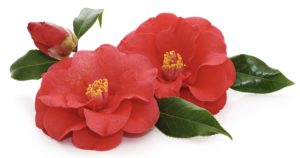
Tsubaki Camellia
Tsubaki Camellia Oil
- Tsubaki is the authentic name for Japanese Camellia oil, also called Camellia Japonica Oil. Japanese Camellia (Tsubaki) Oil comes from the seeds of the Japanese Camellia. It can deeply penetrate the skin and promotes elastin and collagen production. Tsubaki was traditionally used by Geishas for high hair shine and to promote youthful skin. It is an antioxidant and moisturizer, rich in oleic acid to help the skin retain hydration. Tsubaki also contains polyphenols, vitamins A, D, C, and E. This non-comedogenic oil promotes skin elasticity.[2] Tsubaki is most effective at transdermal collagen and elastin delivery. It is a pale golden lightweight oil, similar to hemi-squalene in is’ consistency.
Tsuge wooden comb
A comb made from tsuge wood specifically to gently distribute Tsubaki through the hair without breakage or snagging. Very useful for hair oiling treatments or to apply hair oil for high shine.
-
Turmeric
- Turmeric fights inflammation, dryness, and redness. In quantity, can temporarily impart a colored stain to skin that gives the appearance of decreased under-eye darkness. In a tea or smoothie, it has many health and beauty benefits, including glowing skin. Topical turmeric treats acne and fades discoloration.
Thymoquinone
Thymoquinone is found in Black Cumin Seed Oil from the Nigella sativa bloom. It is an excellent antibacterial, antifungal, anti-inflammatory, and antioxidant.
References
- Lguillier, Teddy et al. “The Wound Healing and Antibacterial Activity of Five Ethnomedical Calophyllum inophyllum Oils: An Alternative Therapeutic Strategy to Treat Infected Wounds.” PLos one vol. 10,9 e0138602. 25 Sep. 2015, doi:10.1371/journal.pone.0138602
- Jung, E. et al. Effect of Camellia japonica oil on human type I procollagen production and skin barrier function. Journal of ethnopharmacology 112.1, 127-131 (2007)
